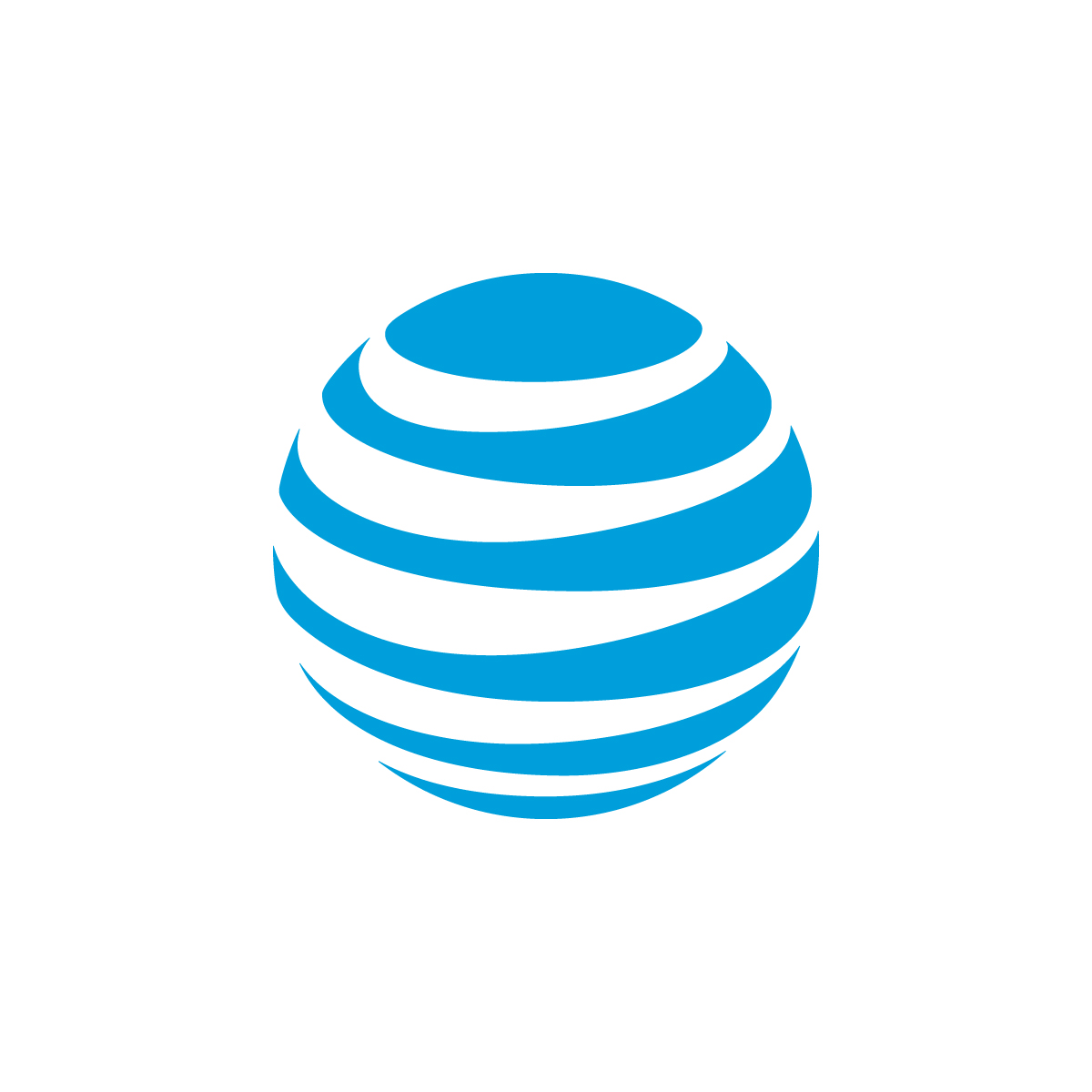The Alliance for Excellent Education's Project 24 Yields a Nationwide Impact with Support from AT&T
The Alliance for Excellent Education's Project 24 Yields a Nationwide Impact wi…
By Bob Wise, President, Alliance for Excellent Education
The thought of a builder ordering all the materials for a house before developing a detailed blueprint is an analogy that all too often can be seen in our schools. To assist resource-stretched school districts to “plan before they purchase,” the Alliance launched Project 24 on Digital Learning Day 2013 with support from AT&T and others.
A ground-breaking initiative, Project 24 helps school district leaders spend limited funds wisely by providing them with free resources to help develop a comprehensive plan before buying technology or devices. Project 24’s planning process places ongoing support for teachers and a vision for student learning at the forefront of the effort, making technology-rich reform efforts more systemic.
As part of the company’s commitment to education through Aspire, AT&T was an initial supporter of the Alliance’s Center for Digital Learning and helped us launch the first-ever Digital Learning Day on February 1, 2012 to showcase how technology can take learning in the United States to a much higher level. Based on that experience, we realized that the conversation should shift from what “can” be done—such as increasing the availability of additional resources and the ability to personalize learning—to what “will” be done.
To that end, the Alliance’s efforts with AT&T and others to build Project 24 has provided opportunities for hundreds of school districts to make every day Digital Learning Day for all students. In Project 24’s first year, over 970 districts took the “digital readiness self-assessment survey” and over 5,000 education leaders from 1,400 different districts accessed the Project 24 resources to inform a planning process.
The vision for raising student achievement through a more personalized approach to learning is clear, but we aren’t there yet. Year after year, hundreds of millions of dollars are spent on technology initiatives and resources for school districts in an effort to improve learning outcomes. From hardware and software, to the infrastructure behind the scenes, money is flowing into technology-related programs and tools like never before. Yet, many districts still struggle to identify the value added to student learning from these investments due to a lack of upfront planning. Even worse, too many districts continue to order hundreds, if not thousands, of devices and other “stuff” before developing a plan for how to use the devices to improve instruction.
While a variety of non-profit organizations have partnered with us to focus on helping districts and schools across the nation take “planning for progress” seriously, our work with AT&T, in particular, is an example of what can be accomplished when nonprofit organizations, public entities, and the private sector commit to a shared vision. Through its corporate contribution in support of our Center for Digital Learning—and the development of Project 24 in particular–AT&T is helping district leaders become more informed consumers.
Specifically, AT&T’s contributions enabled Project 24 to provide vital resources to over 900 school districts across the nation. Ernie Delgado, a recent participant of the Digital Transition Massive Open Online Course (MOOC) as part of Project 24 stated, “As it pertains to technology adoption and integration, we need to stop focusing on devices and start looking into how they will impact the teaching and learning process and how proper planning is the backbone of a successful technology integration solution.” AT&T’s support has helped districts around the nation tackle this exact issue by developing a comprehensive plan through Project 24.
With AT&T’s continued leadership in education through Aspire, the development of the next level of Project 24 is already underway, including an expanded network of experts and a focus on sustainability, data security, and personalized learning. The next phase of Project 24 will also include more robust and interactive resources, as well as expanded pathways to help district leadership teams develop a systemic approach to the transition to digital learning that is aligned with student outcomes. When properly utilized, these resources will help school districts properly plan for progress, use time and money wisely, and prepare all of our students–and our nation–for the future.

